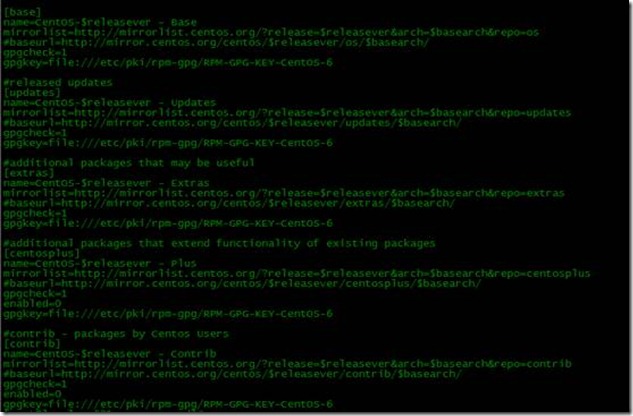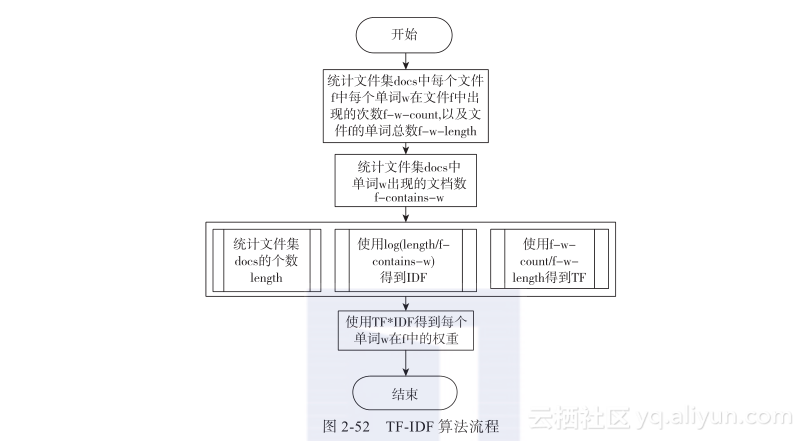1,使用默認的action的傳遞方式。
2,自定義一個vo,在action中使用這個vo
3,使用ModelDriven的方式。
下面分別敘述。
1,使用默認的action的傳遞方式。
action文件如下:
package struts2.login;
public class LoginAction {
??
????private String username;
????private String password;
??
????public String getUsername() {
????????return username;
????}
????public void setUsername(String username) {
????????this.username = username;
????}
????public String getPassword() {
????????return password;
????}
????public void setPassword(String password) {
????????this.password = password;
????}
??
????public String execute() {
????????System.out.println (LoginAction.class.hashCode());
????????if (username.equalsIgnoreCase("aaa") &&
????????????????password.equals("aaaaaa")) {
????????????return "loginSuc";
????????}
????????else {
????????????return "loginFail";
????????}
????}
}
登陸成功的文件如下:
<%@ page contentType="text/html; charset=gb2312" %>
<%@ taglib uri="/struts-tags" prefix="s"%>
<meta http-equiv="content-type" content="text/html;charset=gb2312">
歡迎您,<s:property value="username" />登錄成功。
2,自定義一個vo,在action中使用這個vo
自定義vo文件名:LoginVO.java
文件內容:
package struts2.login;
public class LoginVO {
????private String username;
????private String password;
??
????public String getUsername() {
????????return username;
????}
????public void setUsername(String username) {
????????this.username = username;
????}
????public String getPassword() {
????????return password;
????}
????public void setPassword(String password) {
????????this.password = password;
????}
??
}
在Action文件中,要使用這個vo
文件內容:
package struts2.login;
public class LoginAction {
????private LoginVO user = null;
????public String execute() {
????????System.out.println (LoginAction.class.hashCode());
????????if (user.getUsername().equalsIgnoreCase("aaa") &&
????????????????user.getPassword().equals("aaaaaa")) {
????????????return "loginSuc";
????????}
????????else {
????????????return "loginFail";
????????}
????}
????public LoginVO getUser() {
????????return user;
????}
????public void setUser(LoginVO user) {
????????this.user = user;
????}
}
登陸成功的文件如下:
<%@ page contentType="text/html; charset=gb2312" %>
<%@ taglib uri="/struts-tags" prefix="s"%>
<meta http-equiv="content-type" content="text/html;charset=gb2312">
歡迎您,<s:property name="user.username">登錄成功。
注意login文件的部分也要進行修改
文件內容如下:
<meta http-equiv="content-type" content="text/html;charset=gb2312">
<title>login2</title>
<form action="login.action" method="post">
??username:<input type="input"?name="user.username"><br>
??password:<input type="input"?name="user.password"><br>
??<input type="submit" value="登錄">
</form>
3,使用ModelDriven的方式。
同樣也需要一個vo,這個vo和方法2中的一致,但是action中的寫法就不一樣了。
action文件內容如下:
package struts2.login;
import com.opensymphony.xwork2.ModelDriven;
public class LoginAction?implements ModelDriven<LoginVO>{
????@Override
????public LoginVO getModel() {
????????// TODO Auto-generated method stub
????????return user;
????}
????private LoginVO user = new LoginVO();
????public String execute() {
????????System.out.println (LoginAction.class.hashCode());
????????if (user.getUsername().equalsIgnoreCase("aaa") &&
????????????????user.getPassword().equals("aaaaaa")) {
????????????return "loginSuc";
????????}
????????else {
????????????return "loginFail";
????????}
????}
}
而登陸成功的頁面和login的文件則不需要追加user的前綴,即和方法1的文件內容一樣。
三種方法的總結:
第一種方法把form的值都放在action文件中,當form提交的項目很多的時候,action的內容將變得很多,很臃腫。項目少的時候可用。
第二種方法將form的值單獨放在vo中,解決了action文件臃腫的問題,同時使form和action分開,較好。但是需要在設置和獲取的jsp頁面上進行標識。
第三種方法在第二種方法的基礎上,通過實現特定的接口,去掉了action中的set和get方法,同時去掉了jsp頁面上的標識。使后臺程序的logic更加清晰。














